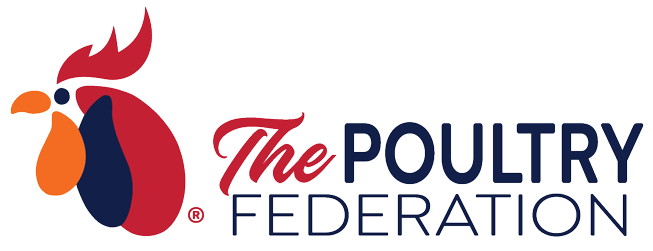WASHINGTON – Robert Johansson, chief economist for the US Dept. of Agriculture (USDA), gave a snapshot perspective of the 2018 US agricultural economy and foreign trade outlook, during the USDA’s 94th annual Agricultural Outlook Forum, in Arlington, Virginia.
“This annual forum provides an important opportunity for all of us at the USDA to discuss some of the upcoming challenges and opportunities we see on the horizon,” Johansson said.
During his presentation, Johansson focused on questions that US producers have concerning the 2018 crop year such as the farm bill and trade.
“Today’s ag economy is different from when Congress debated the last farm bill, when farm income was reaching historic levels, peaking in 2013 at more than $120 billion,” Johansson said. “Today, many producers are in a different situation. Net farm income looks likely to remain more than 50 percent in real terms below its 2013 peak for a third year in a row.”
Net farm income is expected to remain flat over the next 10 years.
Johansson noted the most recent outlook for 2018 was provided by the USDA’s Economic Revenue Service. The ERS anticipates 2018 net farm income to be even lower, with a fall to $59.5 billion.
He continued to suggest that the outlook could improve based on global economic growth, trade, weather conditions and the farm bill.
“Improved global economic growth would draw more households into the middle-class boosting overall food demand,” Johansson said. “Similarly, trading agreements can open up new markets to US producers, which would also boost demand for US products.
Johansson pointed out that weather conditions will affect global production and increase or decrease prices.
“For example, dryness in Argentina has pulled down the soybean crop, whereas beneficial rains in Brazil have pushed up estimates,” he said.
Farm policies in some countries could also affect prices. Johansson used China’s attempts to reduce artificially inflated commodity stocks as an example.
“Lastly, the new farm bill will likely look to remedy some of those gaps, with that process already begun with the recently passed Bipartisan Budget Act (BBA) of 2018,” he said.
Another focus that Johansson spoke about was foreign trade. It was noted that increasing ag trade remains a key component of future growth in the agricultural economy.
“In general, improved global economic conditions and slight weakening of the US dollar resulted in a $10.9 billion increase in fiscal year 2017 exports compared to fiscal year 2016,” he said. “Fiscal year 2018 exports are projected to near fiscal year 2017 levels, at $139.5 billion and the agricultural trade surplus is forecast to narrow slightly to $21 billion from $21.3 billion.”
According to Johansson, Free Trade Agreement (FTA) partners account for 45 percent of US ag exports, which continue to be dominated by China, Canada and Mexico. A projected $21.6 billion in US exports are expected to head to China in 2018.
“Trade will remain a critical factor, as the decline in US trade share of the last several years is expected to slow,” Johansson said. “With our aggregate farm area remaining largely constrained, production gains will be driven by increasing yields which can vary year to year.”
Johansson said the fall of US trade share in several commodities is due to the expansion of domestic ethanol production.
“For soybeans, continued area growth in South America will erode away our trade share and will be affected as well as by the need to supply growing domestic crush demand,” he said. “Russia and Ukraine have been rapidly expanding production of wheat, corn and other grains.”
Even with the increase of ag production from other nations, Johansson noted that US agricultural productivity is expected to continue increasing which should keep supply ahead of demand on average going forward.
“Much of that increase in production is being exported, keeping prices competitive for most commodities,” he said.
Looking forward, Johansson asserted that trade is a critical outlet for growing US production that can sustain farm incomes boosted by a falling dollar an improved global economic growth.
“We forecast wheat and corn prices to be higher next year, and soybeans to remain steady, with continuing strength in export demand for soybeans,” Johansson said. “However, we expect soybean acreage to reach parity with corn in 2018. The agricultural sector still faces economic stress, debt is increasing as working capital continues to fall.”
Source: meatpoultry.com



































